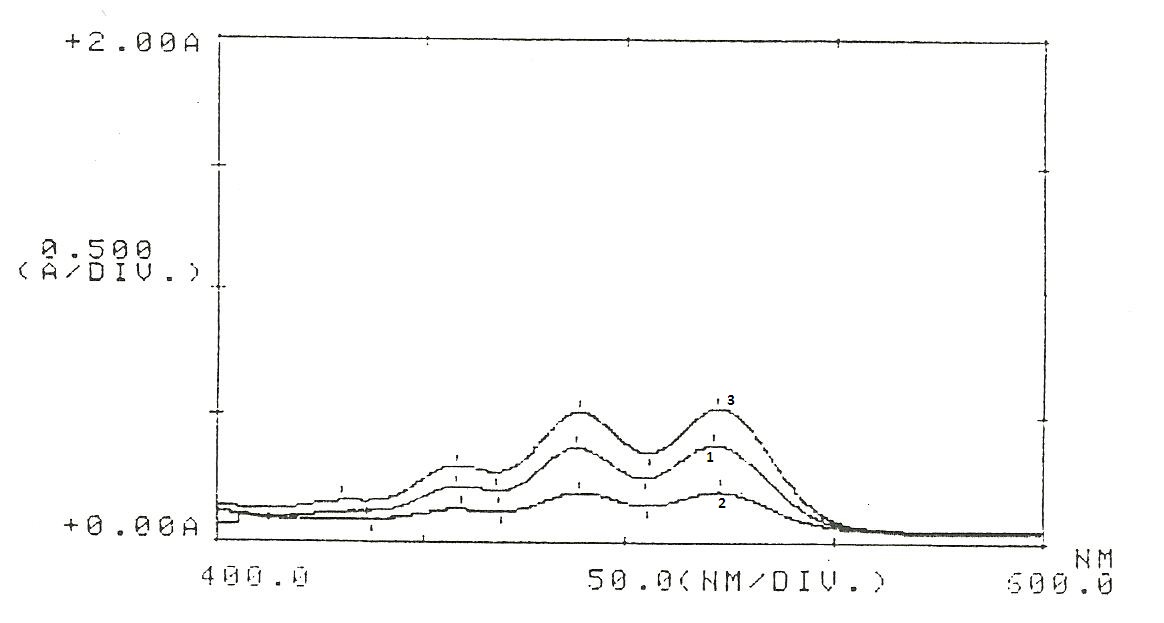NANOSYSTEMS: PHYSICS, CHEMISTRY, MATHEMATICS, 2019, 10 (2), P. 176–183
Influence of hexylamine and alcohols as cosurfactants on microemulsion phase behavior and solubilization
Hüsnüye Durmaz – Trakya University, Faculty of Education, 22030 Edirne, Turkey; husniyedurmaz@trakya.edu.tr
Mehmet İşcan – Trakya University, Faculty of Science, Department of Chemistry, 22030 Edirne, Turkey; miscan22@gmail.com
This study investigated the influence of cosurfactants on the phase behavior and solubilization capacity of microemulsions. Firstly, we determined the influence of alcohol chain length on the microemulsion solubilization capacity in microemulsion systems containing sodium dodecyl sulfate (SDS), heptane, and water; utilizing n-butanol, n-hexanol, n-octanol and hexylamine as cosurfactants. Then, we compared the effect of the cosurfactant on the solubilization capacity of the microemulsion with SDS. Based on the results, we suggest that hexylamine is a good candidate to produce microemulsions since hexylamine behaved as a cationic surfactant. Secondly, keeping constant the rate of surfactant/cosurfactant and varying the rate of alcohol to hexylamine as cosurfactant, we explain the cosurfactant effect in systems with SDS, alcohol, methylene chloride, and sodium molybdate using the spectrophotometric method. Results showed that the absorbance (ABS) values increased continuously in the systems of n-octanol and n-decanol with increasing amounts of hexylamine. The change in ABS values is considered to be related to microemulsion structure inversion.
Keywords: microemulsion, cosurfactant, microstructure, phase behavior, solubilization.
DOI 10.17586/2220-8054-2019-10-2-176-183
